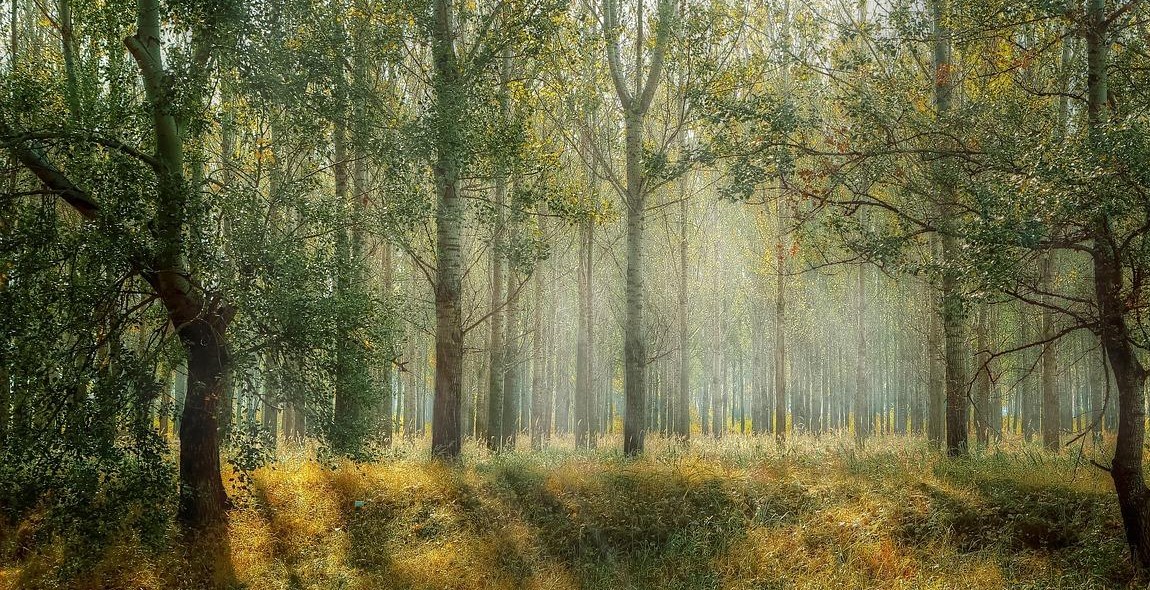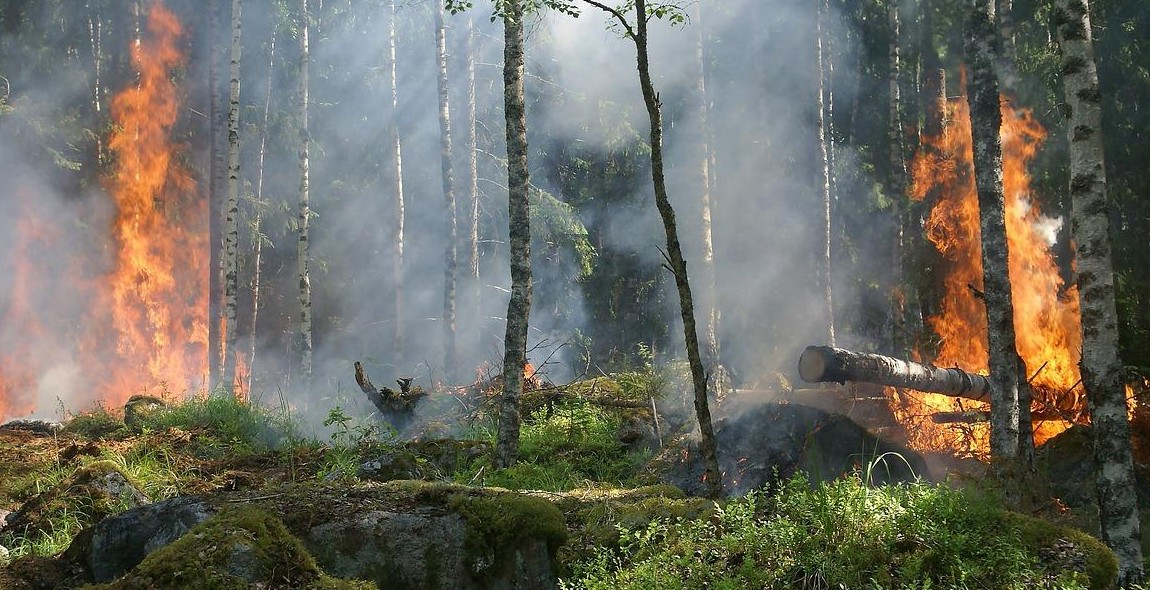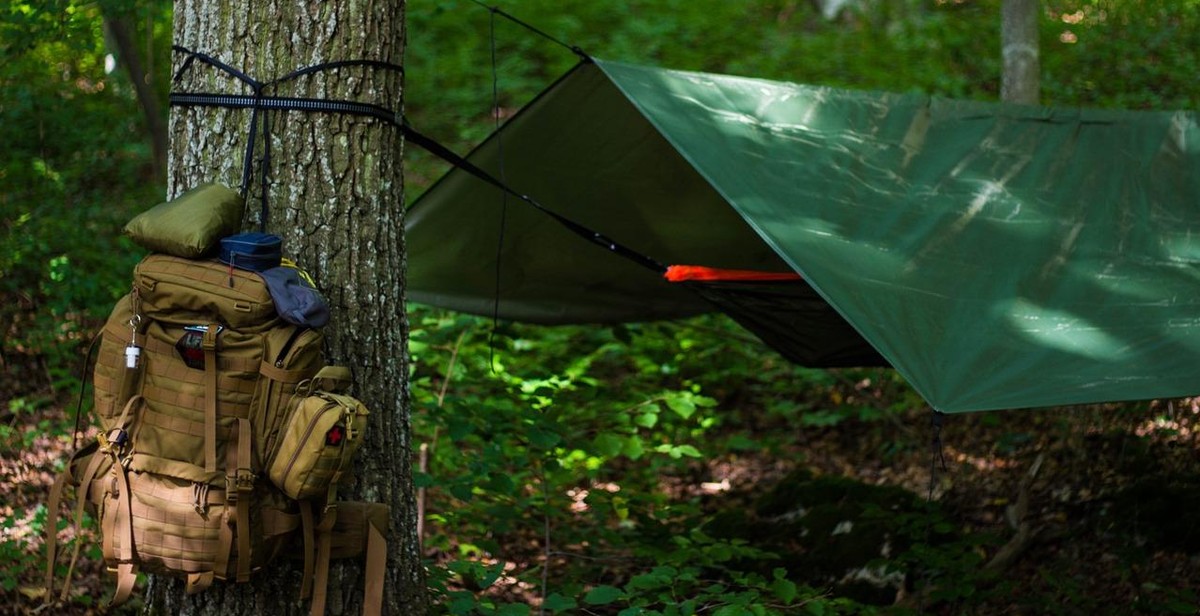How to Survive in the Wilderness: Basic Wilderness Survival Skills
Surviving in the wilderness can be a daunting task, especially for those who are not familiar with the outdoors. However, with the right skills and knowledge, anyone can survive in the wilderness. Whether you are planning a camping trip or an outdoor adventure, it is essential to be prepared and equipped with the necessary skills to survive.
Why is Wilderness Survival Important?
Wilderness survival is important for several reasons. Firstly, it helps us to develop self-reliance and confidence in our abilities. Secondly, it prepares us for unexpected situations that may arise in our daily lives. Lastly, it allows us to connect with nature and appreciate the beauty of the outdoors.
Basic Wilderness Survival Skills
There are several basic wilderness survival skills that everyone should know. These skills include:
- Building a shelter
- Finding and purifying water
- Starting a fire
- Identifying edible plants and animals
- Navigating using a map and compass
These skills are essential for survival in the wilderness, and learning them can make all the difference in a life or death situation.
Conclusion
By learning and practicing basic wilderness survival skills, you can increase your chances of survival in the outdoors. Remember to always be prepared, stay calm, and use your skills to overcome any challenges that may come your way.

Assessing Your Situation
When you find yourself stranded in the wilderness, it’s important to assess your situation before taking any action. Assessing your situation involves two critical steps:
Understanding Your Surroundings
The first step in assessing your situation is to understand your surroundings. Take a moment to look around and take note of any landmarks, bodies of water, or other natural features that can help you determine your location. Knowing your location can help you make informed decisions about which direction to travel in, and can help search and rescue teams locate you more easily.
Assessing Your Resources
The second step in assessing your situation is to take stock of your resources. This includes any food, water, shelter, or gear you have with you. Determine how much food and water you have, and how long it is likely to last. Assess the quality of your shelter, and determine whether it is adequate for the conditions you are facing. Finally, take inventory of your gear, and determine whether you have any tools or equipment that can help you survive in the wilderness.
By understanding your surroundings and assessing your resources, you can make informed decisions about how to proceed and increase your chances of survival.

Building a Shelter
Choosing a Location
When building a shelter in the wilderness, it’s important to choose a location that will protect you from the elements. Look for areas that are dry, well-drained, and away from potential hazards such as falling trees or flash floods. Avoid low-lying areas that may collect water and attract insects and other animals.
Gathering Materials
Before you begin building your shelter, gather materials such as branches, leaves, and other natural materials that can be used as insulation. Look for sturdy branches that are at least as thick as your wrist, and collect as many as possible to ensure your shelter is strong and secure.
Building Your Shelter
Start by creating a frame for your shelter using the sturdy branches you gathered. Lean them against each other to create a triangular or A-frame shape. Once you have your frame in place, cover it with leaves and other natural materials to create insulation and protect yourself from the elements.
- Use long, flexible branches to create a lattice work to hold your insulation in place.
- Make sure your shelter is tall enough for you to sit up in and wide enough for you to lie down in comfortably.
- If possible, build your shelter near a source of water or food to make survival easier.
| Pros | Cons |
|---|---|
| Provides protection from the elements. | Requires time and effort to build. |
| Can be made using natural materials found in the wilderness. | May not provide complete protection from extreme weather conditions. |
| Can be customized to fit your specific needs. | May attract insects and other animals. |
Finding and Purifying Water
One of the most crucial skills to have when surviving in the wilderness is finding and purifying water. Without access to clean water, dehydration can set in quickly, leading to a range of health issues and even death.
Locating a Water Source
The first step to finding water in the wilderness is to look for signs of life. Animals, birds, and insects all need water to survive, so following their tracks or observing their behavior can lead you to a water source. Additionally, look for vegetation, as plants need water to grow.
If you can’t find any signs of life, try looking for low-lying areas or depressions in the ground, as these are often good indicators of water. You can also dig a small hole in the ground and wait to see if it fills with water.
Purifying Your Water
Even if you find a water source, it’s important to purify it before drinking. There are several ways to purify water in the wilderness, including boiling, using water purification tablets, or using a filtration system.
- Boiling: Boiling water for at least five minutes will kill most bacteria and viruses.
- Water Purification Tablets: These tablets are easy to carry and can quickly purify water. Follow the instructions on the package carefully.
- Filtration System: A portable filtration system can remove bacteria, viruses, and other contaminants from water.
Remember, it’s better to be safe than sorry when it comes to drinking water in the wilderness. Always purify your water before drinking to avoid getting sick.

Starting a Fire: Basic Wilderness Survival Skills
Starting a fire is one of the most essential wilderness survival skills that anyone must learn. It can be the difference between life and death, especially in cold and wet conditions. Here’s how to start a fire in the wilderness.
Gathering Materials
The first step to starting a fire is to gather materials. You’ll need three types of materials: tinder, kindling, and fuel. Tinder is the material that catches fire easily, such as dry leaves, grass, or bark. Kindling is slightly larger than tinder and burns longer, such as small sticks or twigs. Fuel is the largest material and burns for a longer time, such as logs or branches.
- Gather tinder from dry grass, leaves, or bark that you can find around your campsite.
- Collect kindling by breaking small sticks or twigs from dead branches.
- Find fuel by gathering larger logs or branches that are dry and easy to break.
Building Your Fire
Once you’ve gathered your materials, it’s time to build your fire. Here are the steps:
- Clear a space for your fire by removing any debris or flammable materials.
- Place your tinder in the center of the cleared space.
- Arrange kindling around the tinder in a teepee or log cabin shape.
- Light the tinder with a match or lighter.
- As the kindling catches fire, gradually add fuel to keep the fire burning.
Remember to always keep a close eye on your fire and never leave it unattended. With these basic wilderness survival skills, you’ll be able to start a fire in any situation and stay warm and safe in the wilderness.

Navigating Without a Map
When you’re out in the wilderness without a map, it’s important to know how to navigate using the sun and stars, as well as natural markers.
Using the Sun and Stars
The sun rises in the east and sets in the west, so if you know the time of day and have a basic understanding of direction, you can use the sun to navigate. In the northern hemisphere, the sun is always in the southern part of the sky, so if you’re facing the sun, north will be behind you.
At night, you can use the stars to navigate. The North Star, also known as Polaris, is always in the same spot in the sky and can be used to find north.
Following Natural Markers
When you’re in the wilderness, there are often natural markers that can help you navigate. Look for things like rivers, mountains, and distinctive trees or rock formations. You can use these landmarks to orient yourself and figure out which direction to travel in.
It’s important to be aware of your surroundings and pay attention to any natural markers you come across. Take note of them and use them to help you find your way.
| Tip: | Always carry a compass and learn how to use it before heading into the wilderness. It’s a reliable tool that can help you navigate even when the sun and stars aren’t visible. |
|---|

Finding Food
When it comes to surviving in the wilderness, finding food is one of the most important skills to have. There are various ways to find food in the wild, such as identifying edible plants, hunting, and trapping.
Identifying Edible Plants
Knowing how to identify edible plants is crucial when it comes to finding food in the wilderness. It’s important to note that not all plants are edible, and some can even be poisonous. Therefore, it’s essential to do your research and learn how to identify plants that are safe to eat.
Some common edible plants include wild berries, dandelions, cattails, and wild onions. However, it’s important to note that some plants can have parts that are edible while other parts are not, so make sure you know which parts to eat.
Hunting and Trapping
Hunting and trapping are other ways to find food in the wilderness. Hunting involves using weapons such as bows and arrows, slingshots, or firearms to hunt animals for food. Trapping involves setting up traps, such as snares, deadfalls, and pit traps, to catch animals.
It’s important to note that hunting and trapping require specific skills and knowledge, including knowing how to track animals, understanding their behavior, and knowing how to set traps effectively. Therefore, it’s essential to practice these skills before heading out into the wilderness.
| Pros | Cons |
|---|---|
| Provides a reliable source of food | Requires specific skills and knowledge |
| Can be a fun and rewarding experience | Can be time-consuming and physically demanding |
Overall, finding food in the wilderness can be challenging, but with the right skills and knowledge, it’s possible to survive and even thrive in the wild.

Conclusion
Surviving in the wilderness requires more than just luck. It requires preparation, knowledge, and skills. By following the basic wilderness survival skills outlined in this article, you can increase your chances of making it out alive.
Remember the Basics
Always prioritize shelter, water, and food. These are the most important things you need to survive in the wilderness. Make sure you have a plan for each before setting out.
Stay Calm and Focused
In a survival situation, panic is your worst enemy. Stay calm and focused on the task at hand. Take deep breaths and remind yourself that you have the skills and knowledge to overcome the challenges ahead.
Practice Makes Perfect
Don’t wait until you’re in a survival situation to start practicing your wilderness survival skills. Take classes, read books, and practice your skills in a controlled environment. The more you practice, the better prepared you’ll be.
Be Prepared
Always carry a survival kit with you when venturing into the wilderness. Your kit should include basic survival items such as a knife, fire starter, water purification tablets, and a map and compass.
Remember, survival in the wilderness is all about preparation, knowledge, and skills. By following these basic wilderness survival skills, you can increase your chances of making it out alive.
